Face Coverings, Aerosol Dispersion and Mitigation of Virus Transmission Risk
- PMID: 34812420
- PMCID: PMC8545035
- DOI: 10.1109/OJEMB.2021.3053215
Face Coverings, Aerosol Dispersion and Mitigation of Virus Transmission Risk
Abstract
The SARS-CoV-2 virus is primarily transmitted through virus-laden fluid particles ejected from the mouth of infected people. Face covers can mitigate the risk of virus transmission but their outward effectiveness is not fully ascertained. Objective: by using a background oriented schlieren technique, we aim to investigate the air flow ejected by a person while quietly and heavily breathing, while coughing, and with different face covers. Results: we found that all face covers without an outlet valve reduce the front flow through by at least 63% and perhaps as high as 86% if the unfiltered cough jet distance was resolved to the anticipated maximum distance of 2-3 m. However, surgical and handmade masks, and face shields, generate significant leakage jets that may present major hazards. Conclusions: the effectiveness of the masks should mostly be considered based on the generation of secondary jets rather than on the ability to mitigate the front throughflow.
Keywords: COVID-19 pandemic; aerosol dispersal; aerosol generating procedures; face coverings; face masks.
This work is licensed under a Creative Commons Attribution 4.0 License. For more information, see https://creativecommons.org/licenses/by/4.0/.
Figures
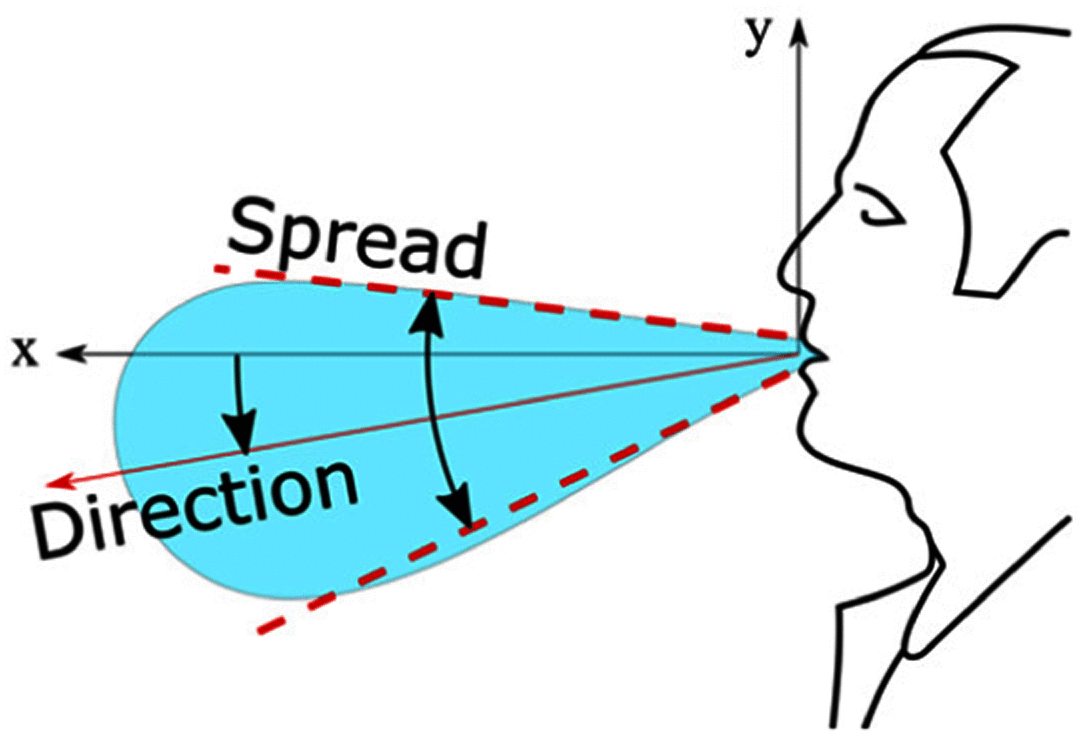
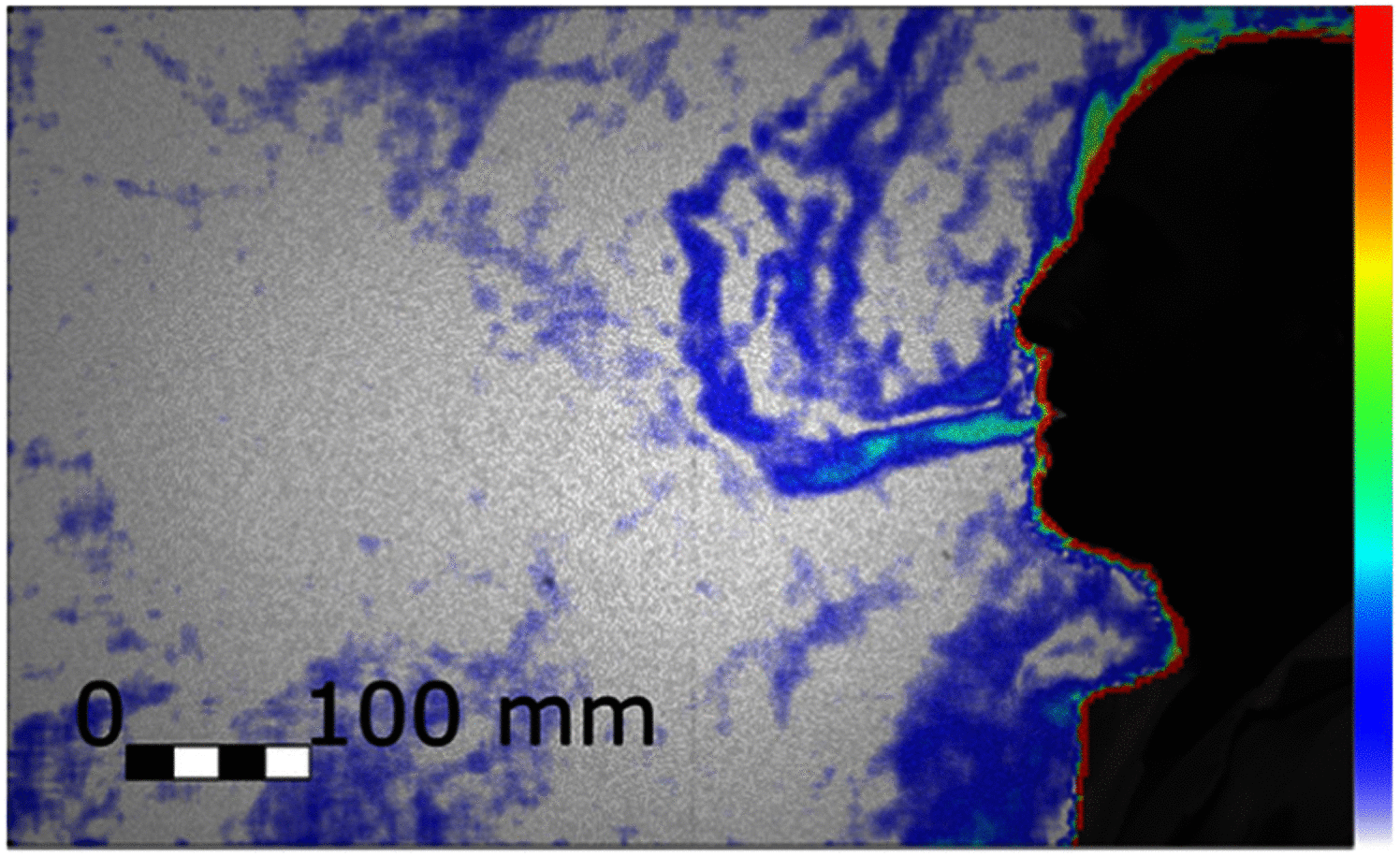
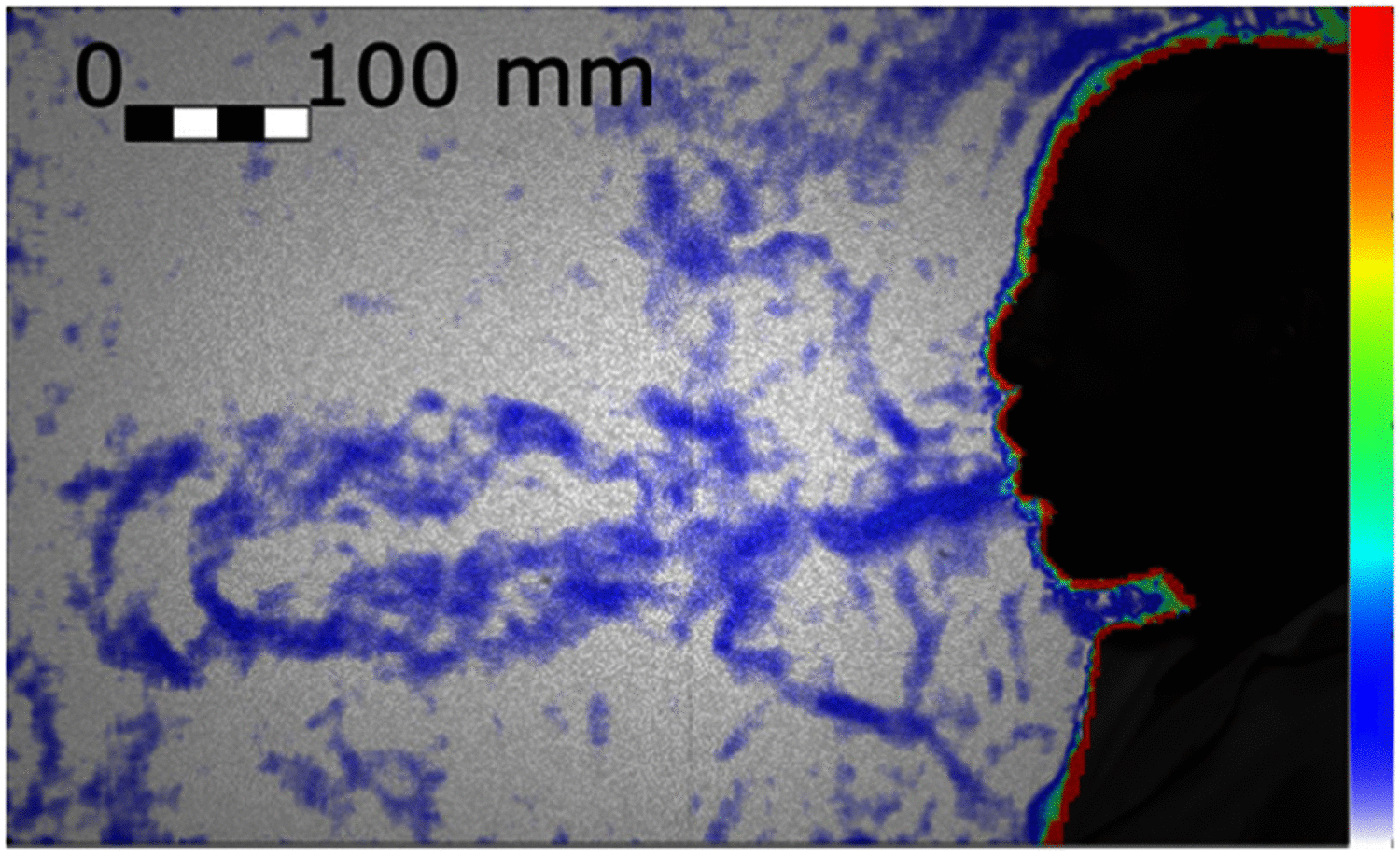

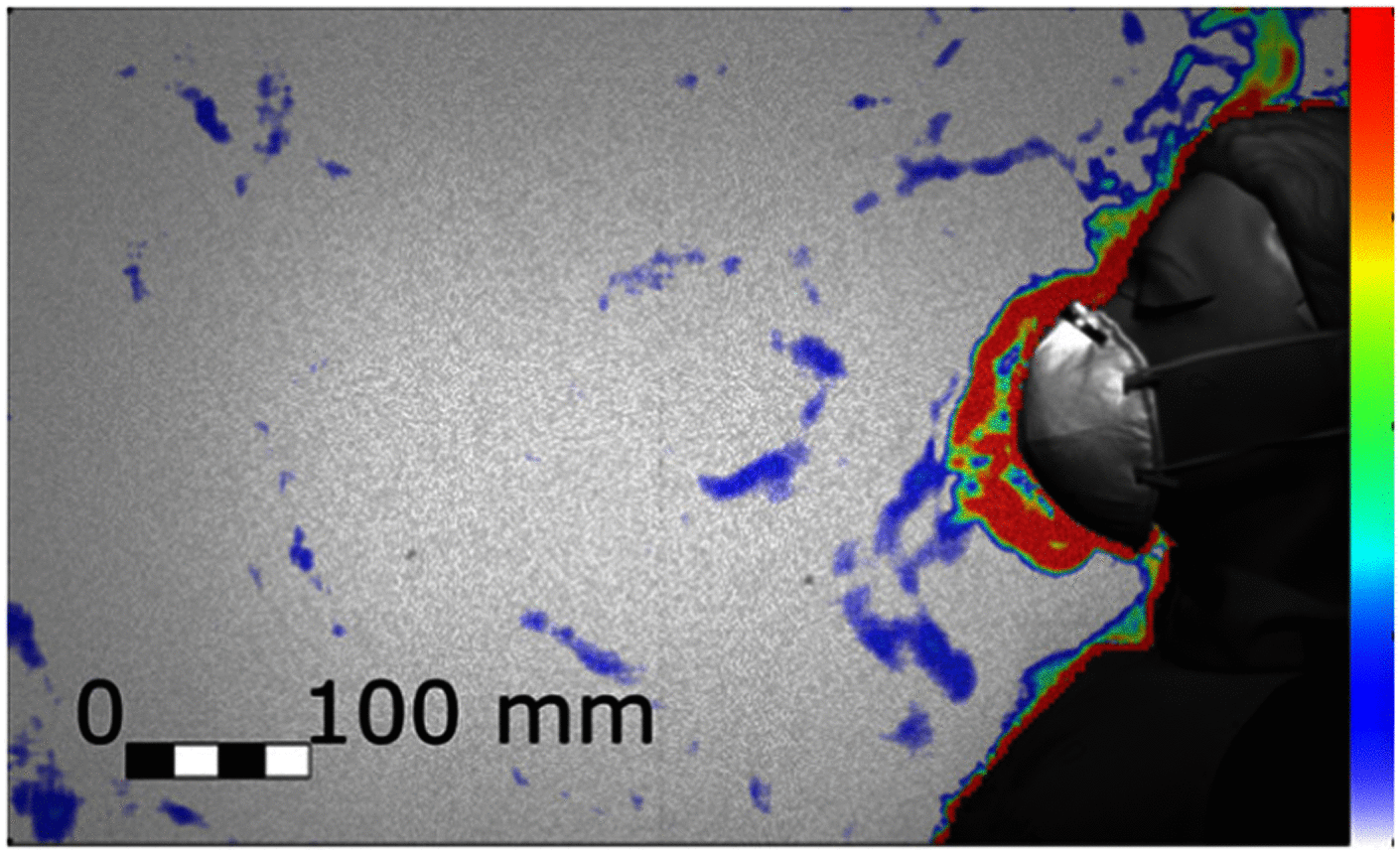
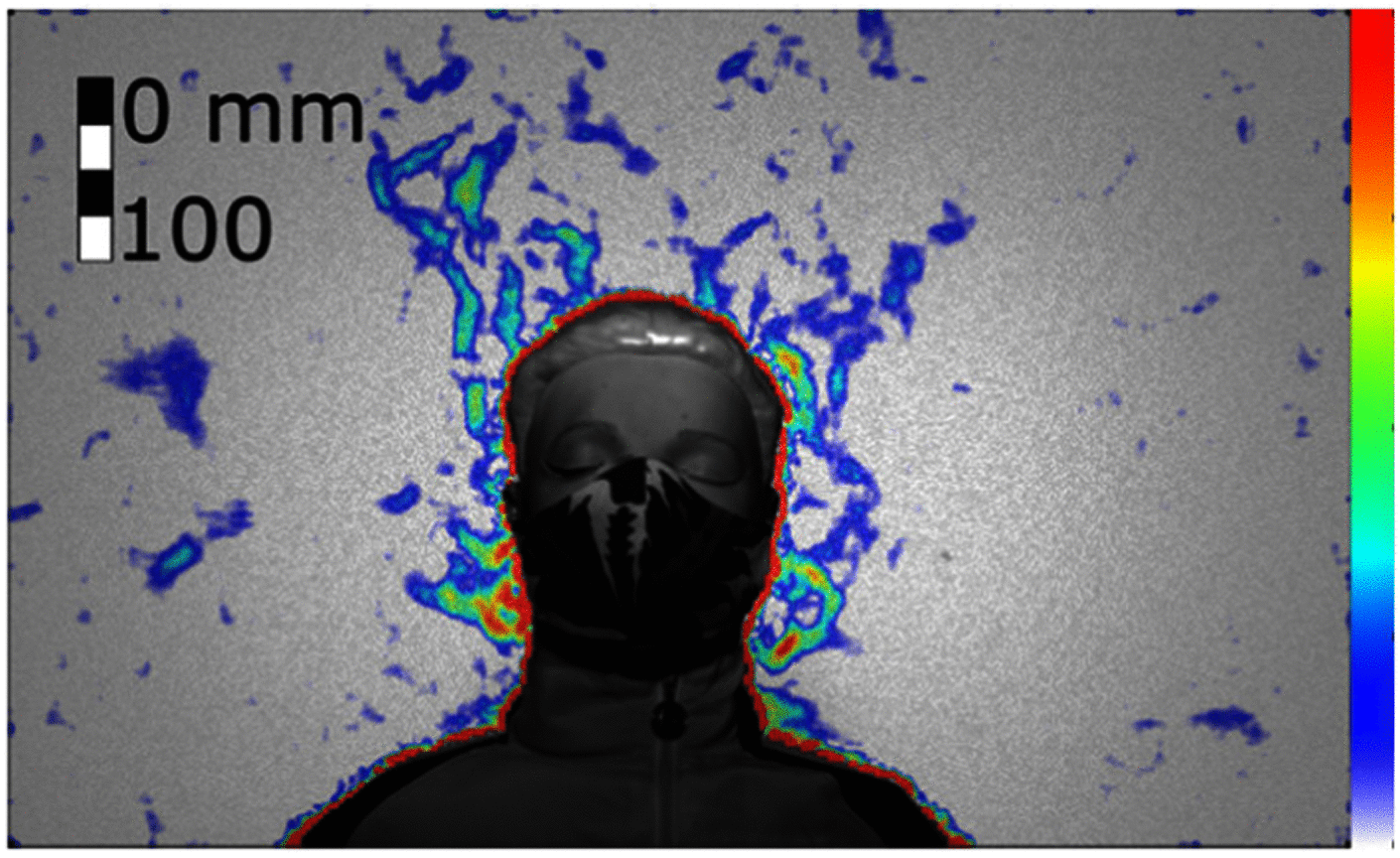



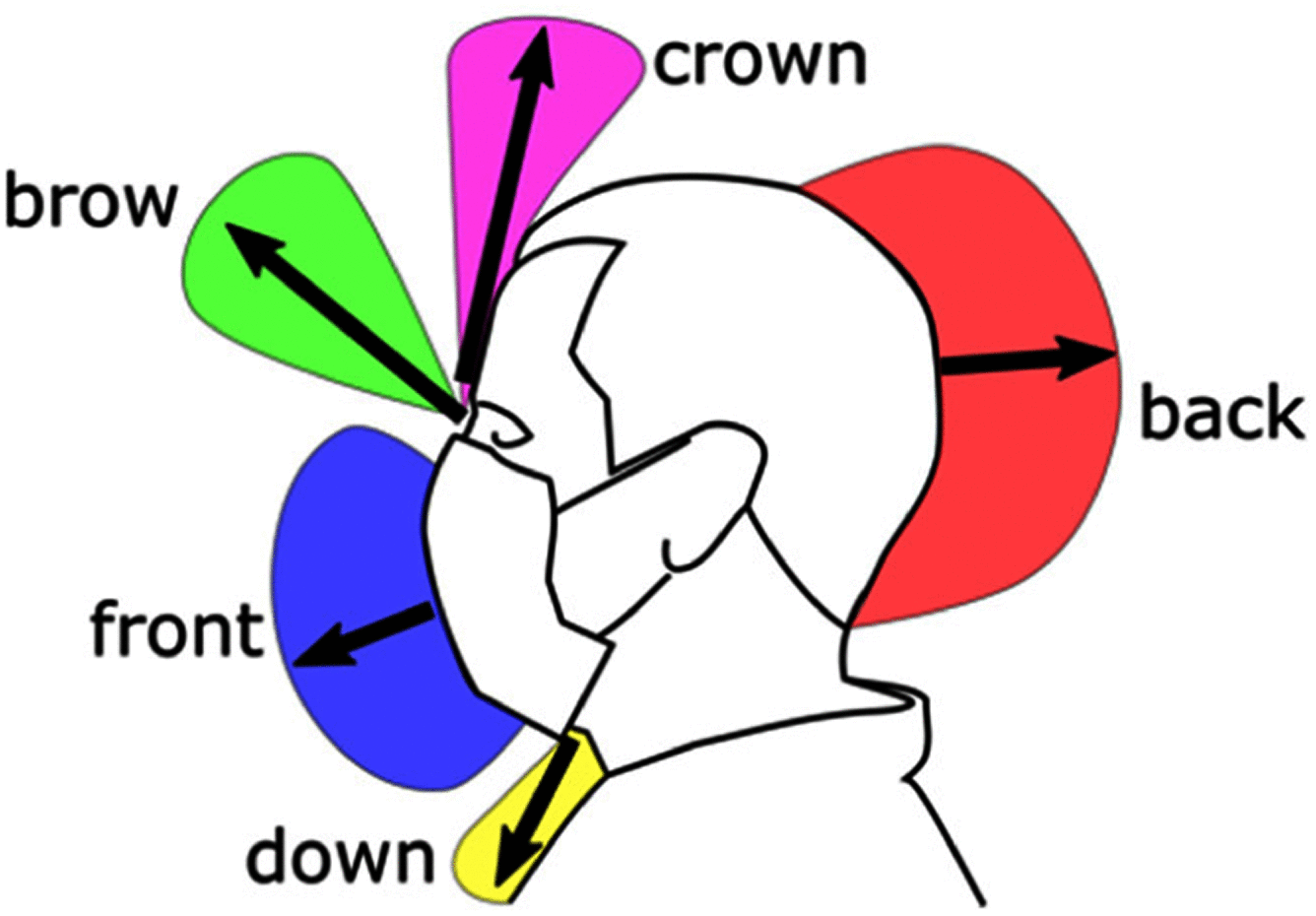
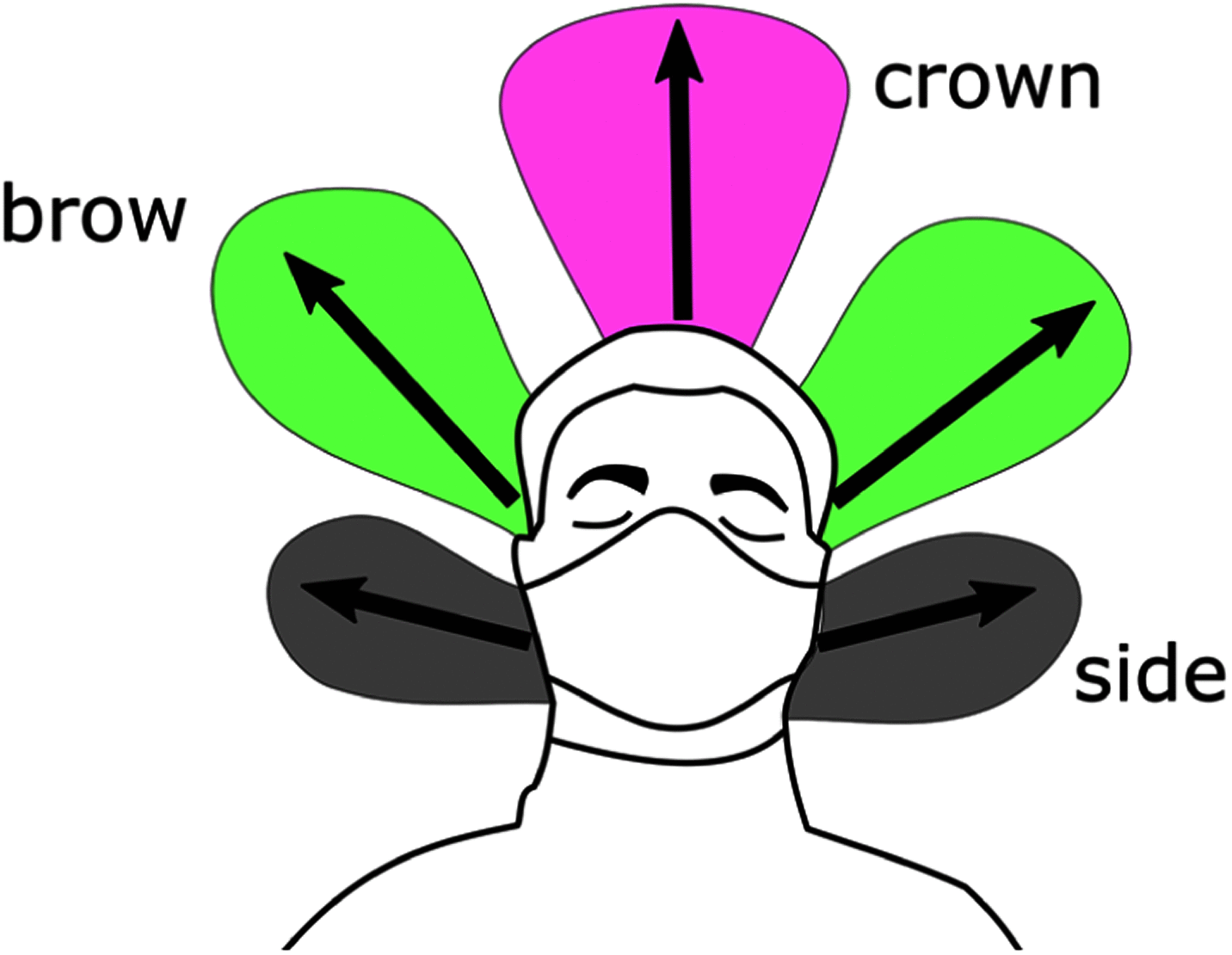

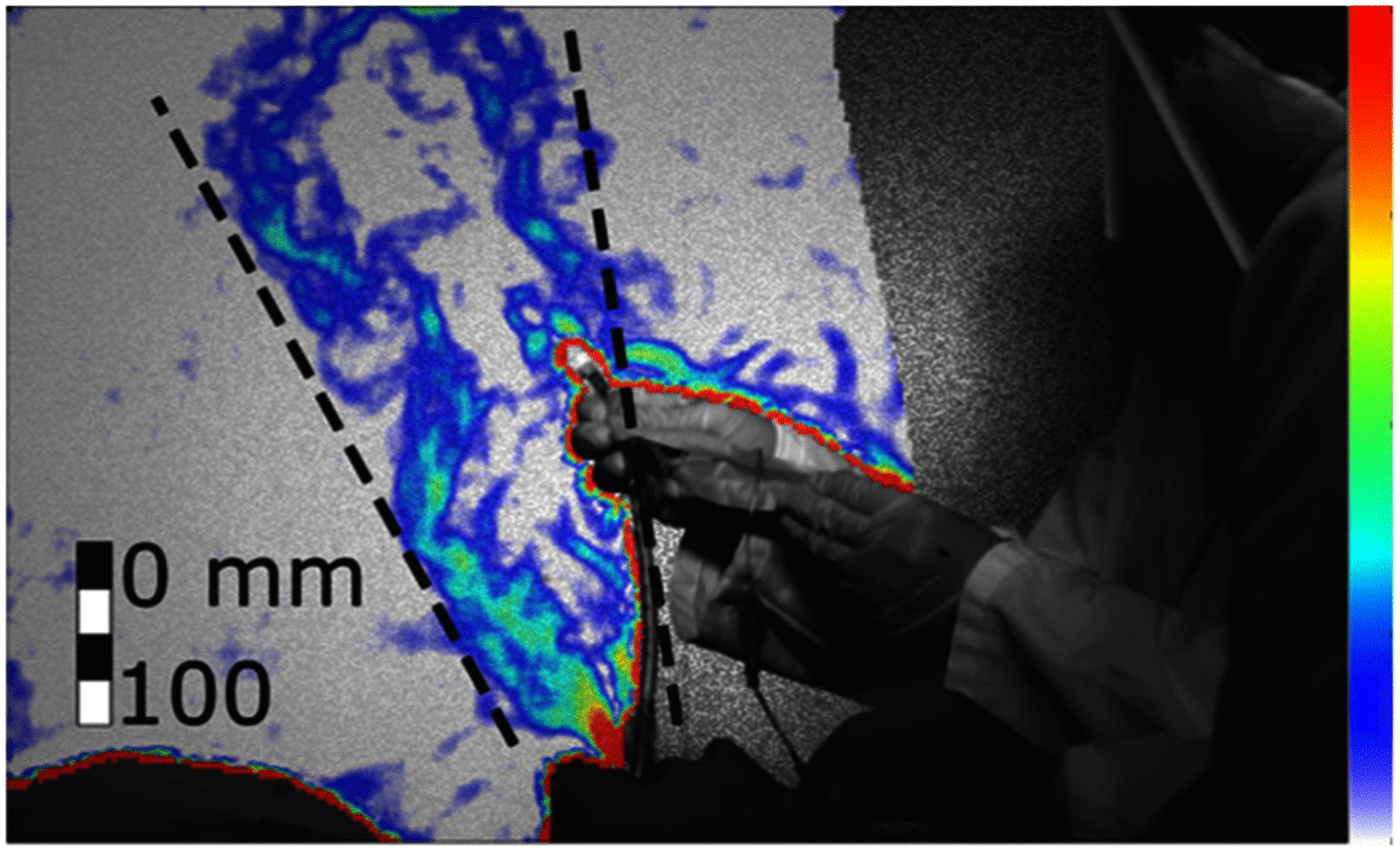

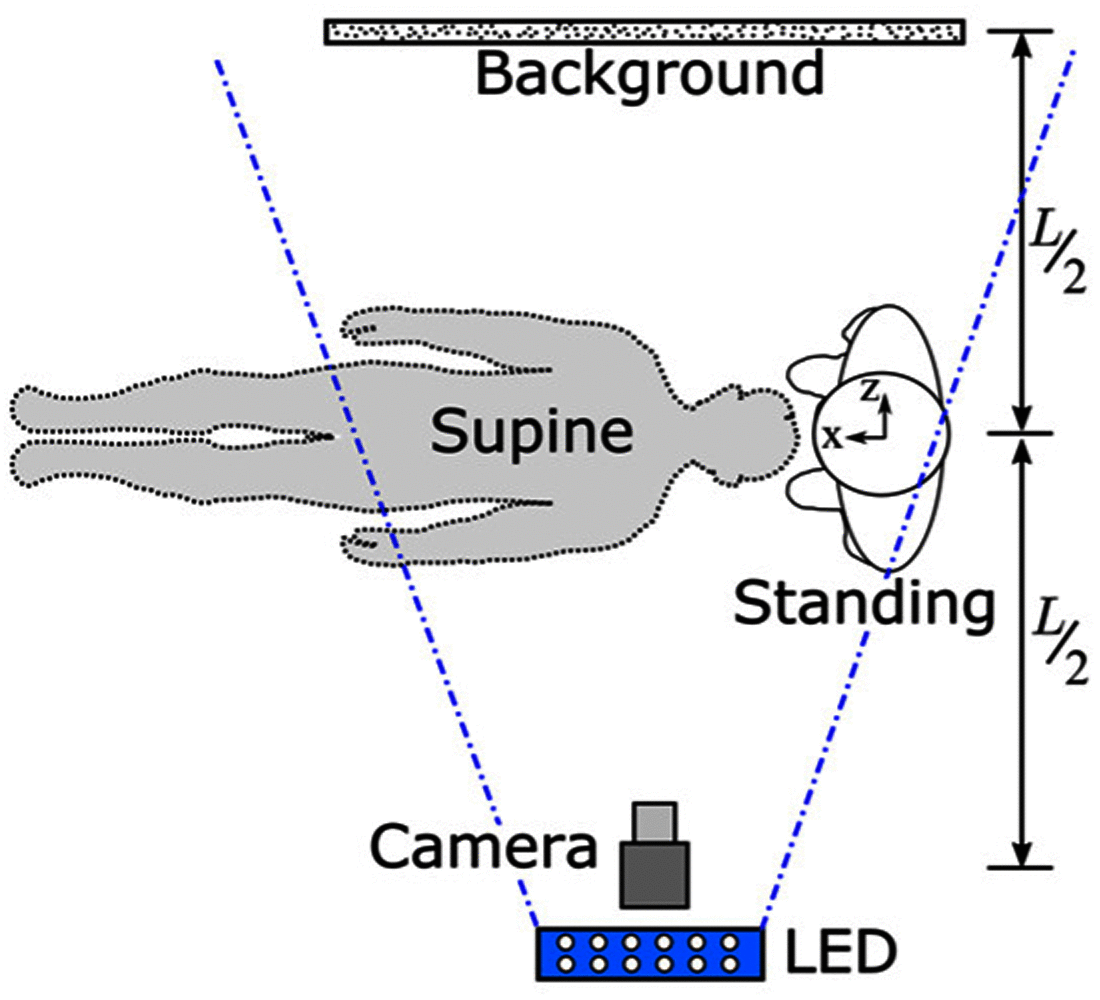

References
Grants and funding
LinkOut - more resources
Full Text Sources
Miscellaneous

